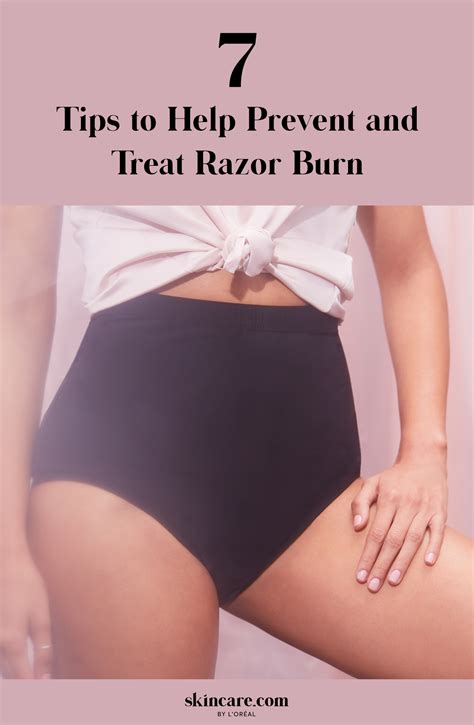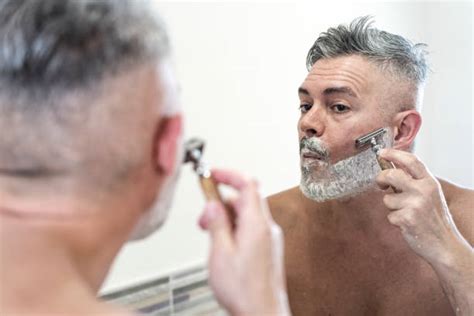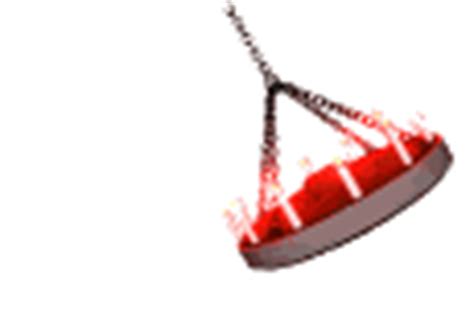How to stop razor bumps for a consistently sharp, irritation-free shave?

Razor bumps, scientifically known as pseudofolliculitis barbae, are a common and frustrating skin condition caused by shaving. They occur when shaved hairs curl back into the skin, leading to inflammation, redness, and painful bumps. While particularly prevalent in individuals with curly or coarse hair, anyone can experience them. The good news is that with the right approach, you can significantly reduce or even eliminate razor bumps, paving the way for a consistently sharp and irritation-free shave.
Understanding Razor Bumps and Their Causes
Razor bumps develop when a freshly shaven hair, instead of growing straight out of the follicle, coils back into the skin or grows sideways into the follicle wall. The body perceives this ingrown hair as a foreign object, triggering an inflammatory response that results in the characteristic red, itchy, and sometimes pus-filled bumps. Key contributors include using dull blades, shaving against the grain, lack of proper skin preparation, and genetics related to hair type.

Pre-Shave Preparation is Key
The foundation of an irritation-free shave begins before the blade even touches your skin. Proper preparation softens both the skin and hair, making for an easier cut and reducing the likelihood of ingrown hairs.
- Warm Shower or Hot Towel: Start by washing your face with warm water or applying a hot towel for a few minutes. This opens pores, softens hair, and relaxes the skin.
- Gentle Exfoliation: Use a mild facial scrub or an exfoliating brush to gently remove dead skin cells. This helps lift trapped hairs and prevents new ones from becoming ingrown. Avoid harsh scrubbing, especially if you already have irritated skin.
- Quality Shaving Cream/Gel: Apply a generous amount of high-quality shaving cream or gel. Look for products that are moisturizing and contain ingredients like glycerin, aloe vera, or shea butter to create a protective barrier and allow the razor to glide smoothly. Let it sit for a minute or two to further soften the hair.
Mastering Your Shaving Technique
How you wield your razor has a profound impact on preventing razor bumps. Precision and care are paramount.
- Use a Sharp Blade: This is non-negotiable. A dull blade tugs at hair, increasing irritation and the chance of ingrown hairs. Replace your razor blade after 5-7 uses, or sooner if you feel any pulling.
- Shave With the Grain: Always shave in the direction your hair grows. While shaving against the grain might feel like a closer shave, it’s a primary cause of razor bumps as it cuts the hair too short, allowing it to easily retract and re-enter the skin.
- Light Pressure: Let the razor do the work. Pressing too hard can cause skin irritation and lead to a closer-than-necessary cut that encourages ingrown hairs.
- Rinse Your Blade Frequently: After every one or two strokes, rinse your razor under hot water to clear away hair and shaving cream, ensuring a clean cut.
- One Pass Only (if possible): For sensitive skin, try to achieve a satisfactory shave in a single pass. If a second pass is needed, reapply shaving cream and still go with the grain.

Post-Shave Care for Smooth Skin
Your routine isn’t complete until after the last stroke. Post-shave care calms the skin and locks in moisture, preventing irritation.
- Rinse with Cold Water: After shaving, rinse your face with cold water to close pores and soothe the skin.
- Apply a Soothing Aftershave: Choose an alcohol-free aftershave balm or lotion. Alcohol can dry out and irritate the skin. Look for ingredients like witch hazel, chamomile, or salicylic acid (in low concentration) which help to reduce inflammation and prevent bumps.
- Moisturize Regularly: Keep your skin hydrated with a non-comedogenic moisturizer daily, not just after shaving. Well-moisturized skin is healthier and more resilient against irritation.
- Avoid Friction: Immediately after shaving, avoid tight clothing or anything that might rub against the freshly shaven area.

Product Choices That Make a Difference
Beyond technique, the products you choose can significantly impact your battle against razor bumps.
- Single-Blade or Safety Razors: Multi-blade razors can cut hair below the skin’s surface, increasing the risk of ingrown hairs. Consider switching to a single-blade safety razor or an electric shaver designed for sensitive skin.
- Targeted Bump Treatments: If you’re prone to bumps, look for specific treatments containing salicylic acid, glycolic acid, or tea tree oil. These ingredients help to exfoliate the skin and free trapped hairs. Apply them regularly, even on non-shave days.
- Hypoallergenic Products: Opt for products labeled “hypoallergenic” or “for sensitive skin” to minimize the risk of allergic reactions or irritation.

Consistency and Patience
Preventing razor bumps isn’t a one-time fix; it’s a consistent commitment to a proper grooming routine. Stick with the methods that work for your skin. If, despite your best efforts, you continue to experience severe razor bumps, consider consulting a dermatologist. They can offer prescription-strength treatments or discuss alternative hair removal methods like laser hair removal or electrolysis.

Conclusion
Achieving a consistently sharp, irritation-free shave without the nuisance of razor bumps is entirely within reach. By adopting a meticulous pre-shave ritual, refining your shaving technique to always go with the grain and use a sharp blade, and following up with diligent post-shave care, you can transform your shaving experience. Embrace these practices, and enjoy the confidence that comes with smooth, healthy skin.








